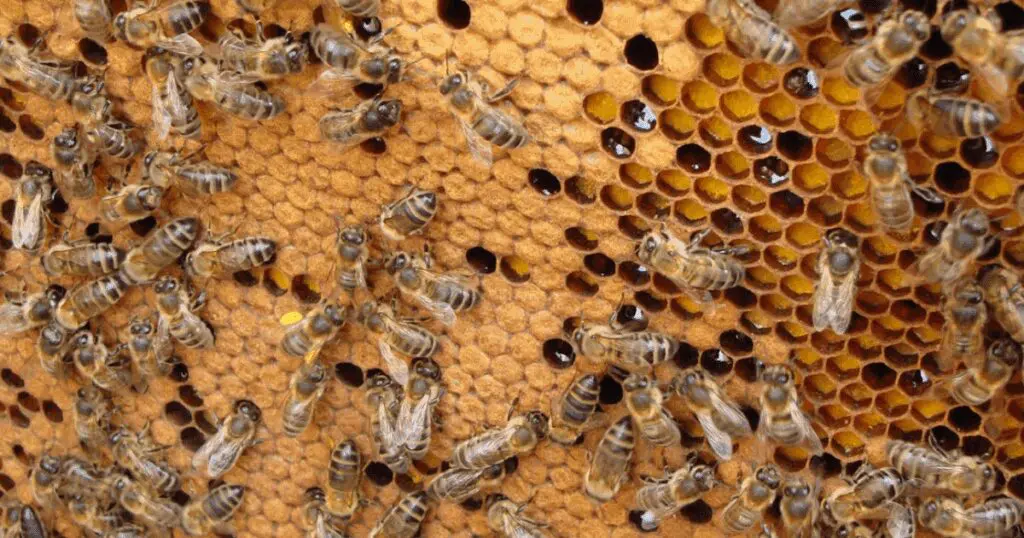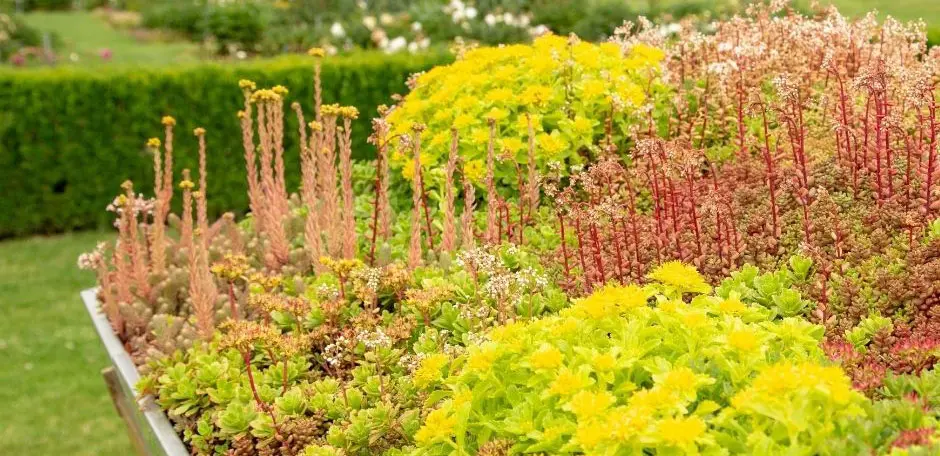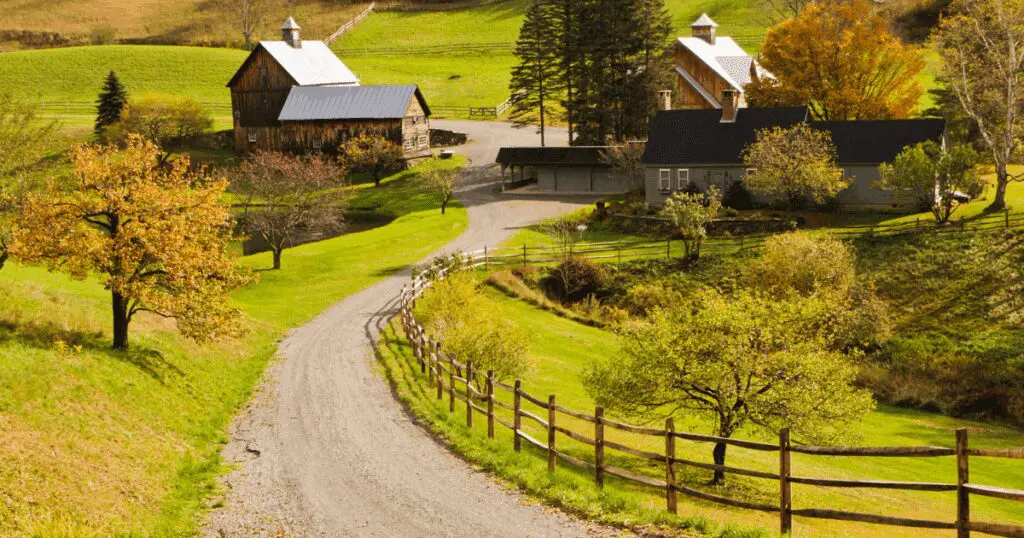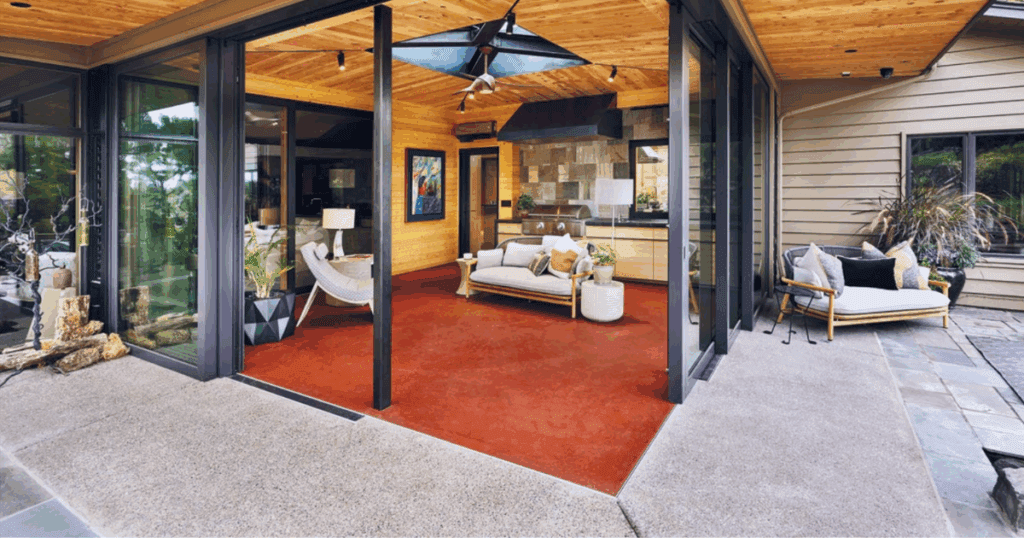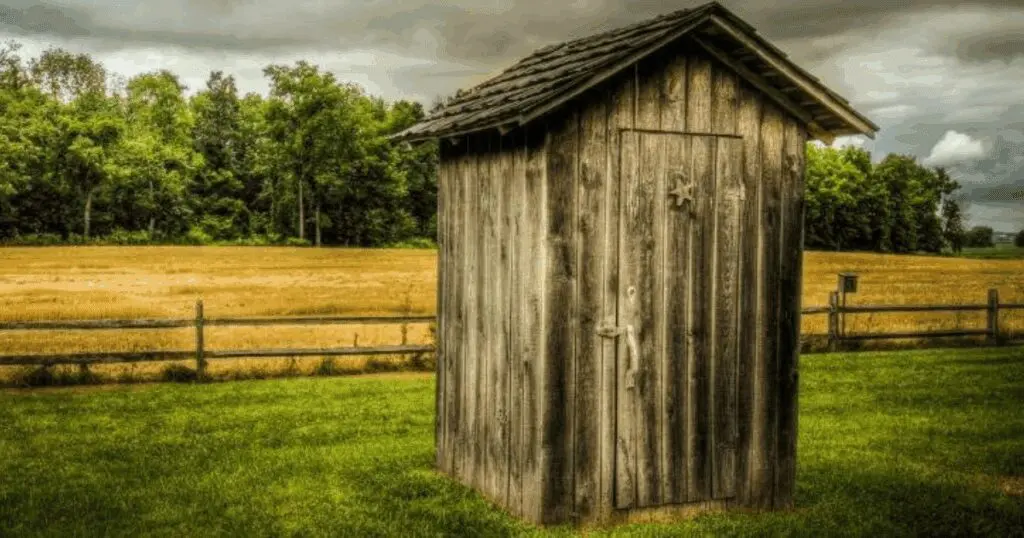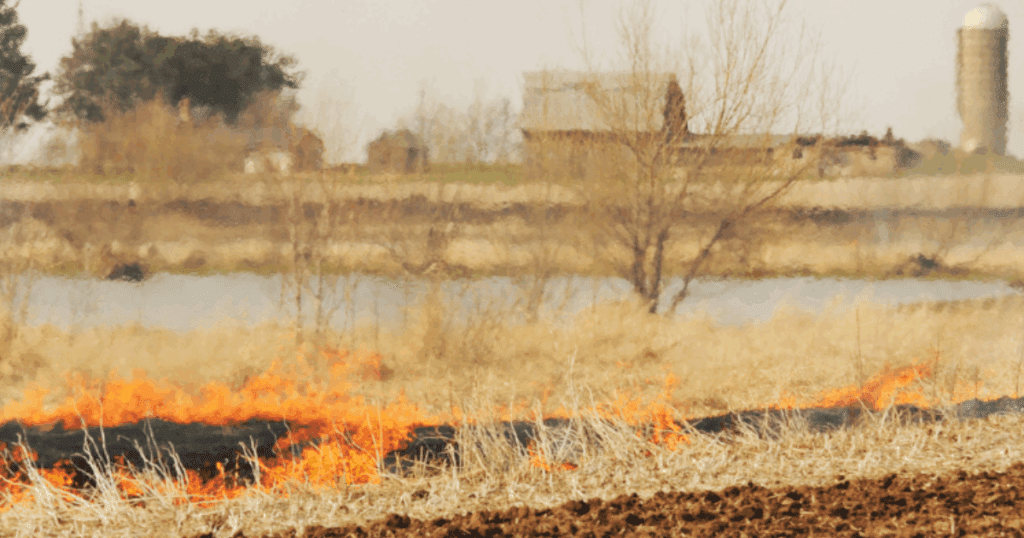Awareness, Action, and a Better World: Why Small Choices Matter Now More Than Ever
Discover uplifting, practical inspiration for the new year with Books to Inspire Action. This excerpt from Nicole Caldwell’s Better: The Everyday Art of Sustainable Living offers a gentle nudge toward…








